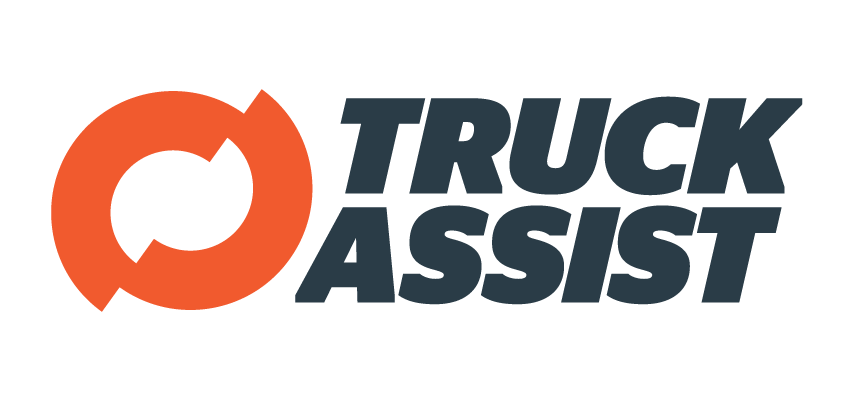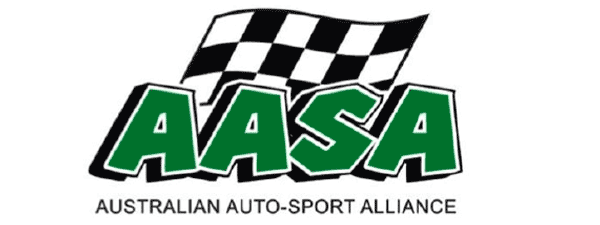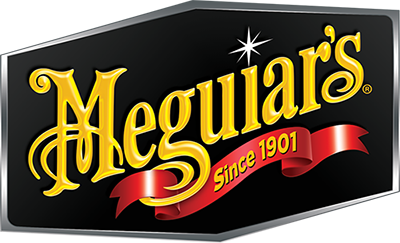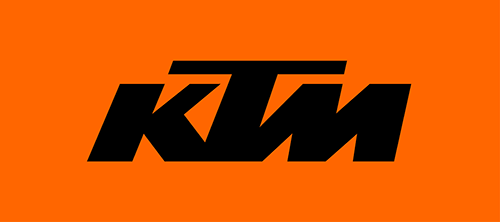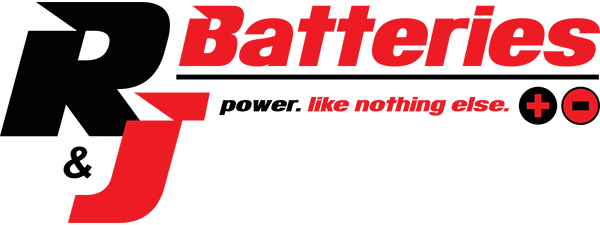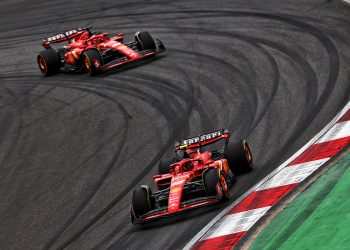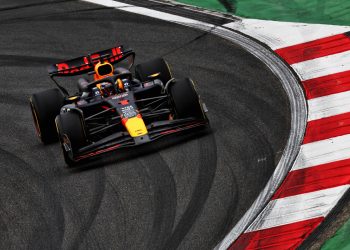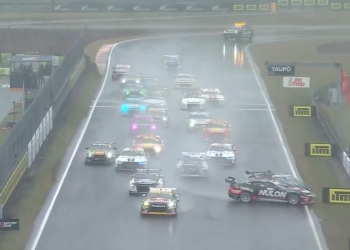
Speedcafe.com sat down with stuntwoman and former motorcycle racer Debbie Evans, who worked on the recently-released The Fate of the Furious movie.
SPEEDCAFE.COM: For our readers in Australia that probably won’t know your name too well, can you tell us a little bit about yourself?
DEBBIE EVANS: Well I started riding motorcycles when I was six years old and I started competing when I was nine. When I was 15 I got a factory-sponsored ride with Yamaha for trials. I grew up riding doing enduros and on trials and racing with everybody I could find, looking for every jump I could find, and I just loved anything active. I could wheelie my bicycle for miles and I loved sports, I just was outside doing whatever. On the day that I went go get my licence I was down there at eight o’clock in the morning when they opened, on my 16th birthday, and I aced the test – both tests – and I haven’t looked back since.
I got into the motion picture industry because of my motorcycling ability and the press that I was receiving from my motorcycle riding and also my little headstand on the seat act that I did. That was where I balanced a motorcycle without a kickstand – it’s not moving – and I stand on my head on the seat. I would go around to supercross races for Yamaha and I would do my headstand and then I’d wheelie around the main track for the Camel Pro Series races and the supercross races and I went to Houston Astrodome, Pontiac Stadium, the Anaheim Stadium, a whole bunch of other places. I had a lot of publicity in the motorcycling world and that’s how I got started was because of that.
There was a guy who rode flat tracks who was a stunt co-ordinator named Gene Hartline and it just so happened he knew my dad’s sponsor because my dad was a really amazing enduro rider in the desert – he was number two a couple of years in a row and he’d just turned 37. He (Hartline) was asking around because he needed a girl who could jump a 30-foot ravine on a motorcycle and do all kinds of riding on these Yamaha DT400s. He was talking to his friend, who was my dad’s sponsor and also a flat-track racer, and his friend said, ‘Well why don’t you get Debbie?’ He gave him my dad’s number, and I haven’t looked back since.
SC: It’s quite an amazing career when you look back at it because not only have you competed at a high level in motorsport and bikes, but you’ve also now forged a secondary career in movies. What do you get the most enjoyment out of, the competing or the stunts?
DE: I like them both.
I haven’t been competing lately because I got hurt really bad but I did compete a lot up until I was in my early twenties. When I got married and had a child and then I was busy with my career, working a lot, I didn’t have time to. Every time I planned to go to an event I’d get a job.
So I kind of put that on the backburner for a while and then they came up with the Women’s World Championship. I always rode against the men because there were no women that were at my level, and so I competed against the best in the nation, the best in the world. Then several years, around 1990, they came up with Women’s World Championship. My husband found out about it and he talked me into going.
They were new-style bikes and it was a whole different riding style so I crashed it a whole bunch before I went. However, out of 42 entries from 12 different countries, I was eighth in the world in the Women’s World Championship, and that was after a 20-year lay-off. I like to say that if you doubled the winner’s age, she was still younger than me!
SC: Did you ever think that your competing days were over, because you did a bit of road racing as well?
DE: Yeah I did, at Daytona. That was my first and only road race that I did at Daytona.
SC: What is more challenging? Is it harder to perfect a stunt than to race a bike, for example?
DE: They’re different, they’re very different, because when you race you’re constantly on and you’re holding it together for a long period of time.
When you’re doing stunts, you have specific things that you’re setting up for a short distance. It’s not like you’re running a race where you’ve got to keep your focus consistently, you just have to have hyper focus for a very short time, and each thing is different. You have to set them up and analyse them and figure out what the best way is and go over with everybody else exactly what’s going to happen, what they’re going to do, how they’re going to do it, and rehearse it, and pick up the speed and then do it.
Racing and trials and off-road sports and all that teach you to have that split-second decision-making that also happens naturally because of the experience that you have in a car or on a motorcycle, where you’re reacting to whatever is happening. You’re making your plans as well, as far as line and all that stuff goes, but when it comes to stunts, racers and motorcycle riders tend to make the best drivers and motorcycle stunt people.
SC: That was going to be my next question – do you feel that having done that motor racing side of things, that has given you an advantage in your secondary career, and do you think that motorcycle riders make good stunt riders?
DE: Well it’s absolutely true. Because I love dirt bike riding, I understand things like traction, momentum, suspension, RPM, weighting, unweighting, lines, speed, all of that kind of stuff. There’s so many different things, and then if you’re racing around people, you learn to react and read what other people are doing before they’re doing it, before it actually happens or actually goes bad. You can see that it’s going to go bad before it happens.
SC: So, would you recommend to motorcycle riders that are coming towards the end of their racing career to consider going into the movie side of things?
DE: Yeah, it worked for me definitely, and I love it, I just totally love it. I’ve been doing it for 39 years now, and I don’t plan on giving up.
SC: What gives you more enjoyment from the movie side? Is it seeing the finished product or is it being on the shoot and actually doing it?
DE: I like being presented with new challenges all the time, and every time you go to work it’s something different. You’ve got a different piece of equipment you have to deal with, or something you’ve never ever done before and you have to figure it out. It’s a real challenge.
I do enjoy watching the finished product when they’ve done it correctly, when they’ve photographed it correctly edited it correctly.
One of my favourites was The Matrix Reloaded. It was really amazing because I drove the Cadillac CTS – it was all prototyped, we had 12 of them – and I was on the Ducati 996. We worked on that for three months straight and we built our own freeway in Alameda at the old naval air base. They actually made a full-on freeway – it was on the runway – so we didn’t have to worry about shutting down or getting off in time for traffic or anything like that. Everything was just blocked off for us and we were able to do some amazing things on that roadway.
It was really cool because the director was so into it and the second unit director was amazing. The director thought that they were going to have to do the entire sequence CG (computer-generated) – the big crashes and everything – and we did everything practical and he was like a kid in a candy store. After every shot, he was so excited. He said, ‘Debbie! Debbie! Come here, you’ve got to see!’, and I’d jump in the video playback van and I’d watch the playback and I’d go, ‘I can do that better’. It was just so fun to be a part of it in that dynamic and be able to have that input, and then they edited it very well.
Usually when I see the things that I’ve done, I’m really hard on myself and I go, ‘I could have done that better,’ or, ‘I should have done that better,’ or they didn’t catch it or they edited it wrong. When I went to the theatre for that, I sat in the theatre and at the end of the sequence, I was sitting there and I jumped up, I put my hands in the air, and I said, ‘Yes!’ They hit it out of the park, it was just amazing.
 SC: You’ve appeared recently in the Castrol Titanium Ice commercials. Tell us a bit about that. That was something that looked a bit different from what you’ve previously done.
SC: You’ve appeared recently in the Castrol Titanium Ice commercials. Tell us a bit about that. That was something that looked a bit different from what you’ve previously done.
DE: Yeah, it was very different because I had a mixed reality headset which meant that I had these goggles that went into my helmet and they had little lenses on them. I could see out and then I had all of the virtual reality stuff, like the submarine coming through the ice and the helicopter shooting at me, and the explosions and the tanks, and the cracking ice. I’ve never experienced anything like that, and it was cutting edge in every way.
Then I got to drive an F-type Jaguar and just romp on it as much as I could. There was one point where I was going around and around in circles because we had the helicopter shot and they wanted to keep going and going and I’m thinking, ‘Hmm, this is going to be really hard on the engine.’ Then I remember thinking, ‘Well let’s see, there’s Castrol EDGE and it’s got the titanium in it, so I’m hoping everything’s going to be okay.’ The thing never blew up or anything, it continued to rev perfectly the entire time, and it was the coolest car.
The virtual reality was really difficult in some ways because in order to keep the lenses from steaming up, we had to have something over my nose and there were times where we’d just speed up and it was hard for me to see exactly where I was going.
SC: There’s more CGI coming into stunts. Is it putting you guys out of business to some degree or is there always going to be that call for people that can do what you can do?
DE: I believe there’s going to be a call for people that can do what we do. When CGI first came in, one of the examples was Superman Returns and it got so over-the-top with CG that people lost interest. I did the motorcycle race, and that part was real but then once you got into the movie it was a lot of CG and you get to the point where you don’t even care about the characters because you know it’s not real.
I think there’s a balance that has to be really looked at carefully, and I believe that when people think that somebody wasn’t in there and it was just a computer, that they lose interest because it’s not a real person doing it, so there’s no suspense. If you have an animated show, then the analogy is the Pocahontas Disney movie when she’s at the top of the waterfall and she stands there and she dives off the huge cliff and into the water. Nobody in the audience gasps because it’s not real.
People like the suspense of seeing real people do real things and a lot of times with the CGI they try to do car crashes and something’s wrong. The human brain goes ‘That wouldn’t happen.’
SC: You’ve obviously worked in a lot of different blockbusters, but do you have a particularly favourite stunt or one that you’ve worked in?
DE: Well on the first Fast and the Furious, I drove the Honda Civic underneath the semi(-trailer) truck, and then I pulled up alongside of him and the semi truck hits me and then I flip off the side of the road. That’s one of my all-time favourites.
Another one was on What Dreams May Come, the Robin Williams movie. It was in the Broadway Tunnel in San Francisco, and the stunt co-ordinator said it’d be nice if I could do a turnover inside the tunnel and it’d be nice if the car hits on the tunnel. So, we figured it out, exactly where I’d have to hit it, and about how fast. I was in a Porsche 911, an older one, and we planned it, and I did it. I touched the top with the nose of the car, broke the light, went 95 feet before I hit the ground, and then went about another 95 feet before it stopped. I’ve got a big thing in my game room that’s got a piece of the light that I broke at the top of the tunnel and the keys to car, and the DVD and some pictures and it’s a really cool shot.
I have to say I really enjoyed the Fast and the Furious franchise, I just had a blast, we had a whole bunch of stuff.
SC: What’s next for you? Have you got some exciting projects coming up?
DE: Well The Fate of the Furious is coming out and I’m really looking forward to seeing that. I’ve just being doing some TV at home so nothing big as far as features other than The Fate of the Furious but we did a lot of really cool things on that and definitely looking forward to seeing that.
SC: Well we really appreciate your time Debbie. It’s been lovely to talk to you. It’s quite an insight into something that not many people are familiar with, and thank you for that.
DE: Thank you, and I have to say that the Castrol, Jaguar, Fate of the Furious threesome is pretty awesome. (I was) so pleased to be a part of it, I have had so much fun. I mean, getting to go on a frozen lake in the Yukon in Canada with studded tyres and just rip it up, it doesn’t get much better than that.

